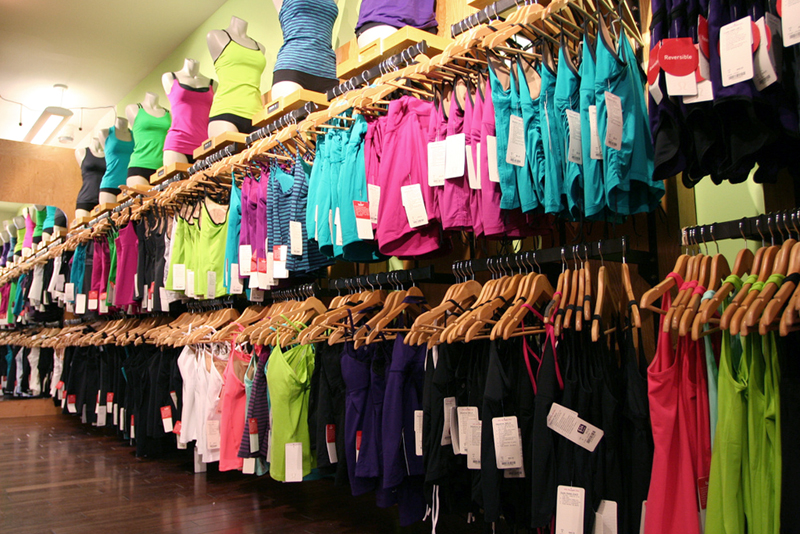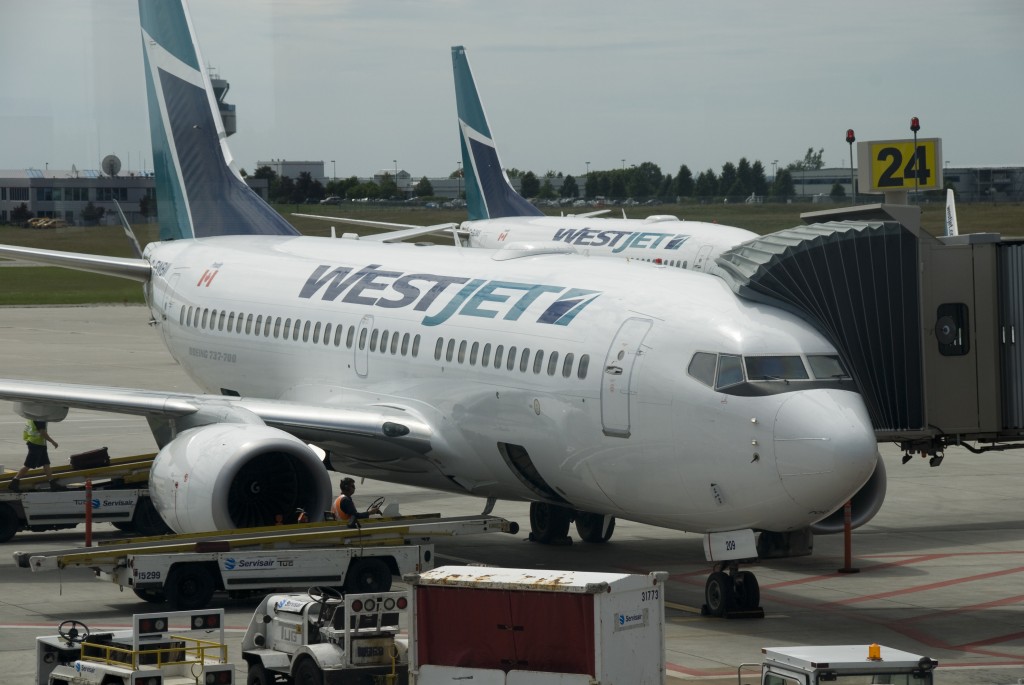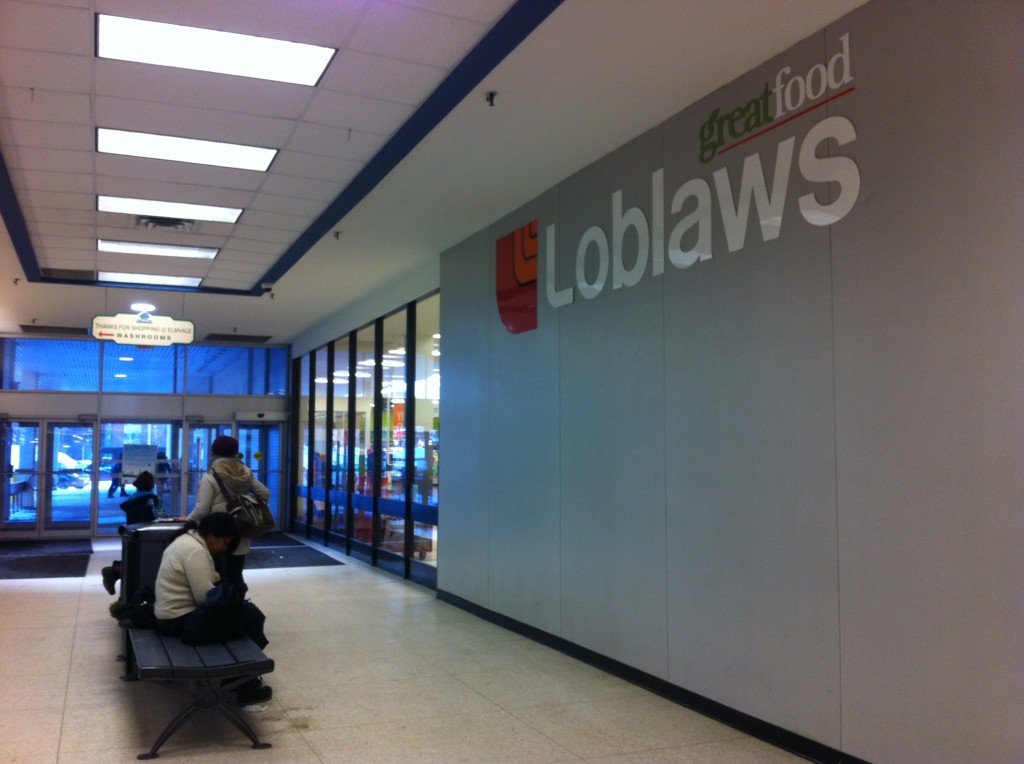Second Cup (TSX:SCU) brought in a little more money compared to the same time last year, but overall profits are still down.
The coffee chain brought in revenue of almost $6.7 million, a 6.8% increase from the third quarter of last year, when the figure was $6.2 million. Gross profits, however, dropped by just over seven per cent compared to the same period in 2013.
Management Discussion and Analysis on DocumentCloud
But that could be expected for a company that is only starting to turn around its performance after a few years of disappointments. Second Cup has recently brought in a new CEO, Alix Box, from Starbucks Canada, and has made several moves to make the company more attractive to investors.
More worrying is the drop in same-store sales for the year. In the first three quarters of 2014, the chain dropped sales in the same individual stores by just over five per cent.
“A same-store sales drop is bad news,” says Ian Lee, a business professor who teaches corporate strategy at Carleton University.

Professor Ian Lee. Source: Carleton University
Essentially, Lee says, Second Cup is being “squeezed” by its two main competitors in the market, Tim Hortons and Starbucks.
“Tim Hortons is competing on price, but Starbucks is trying to compete on differentiation,” says Lee. Differentiation means the experience of buying a coffee in one of their stores. Between those two, they seem to have a lot of the coffee market in Canada covered—those who want a cheap coffee will go to Tim Hortons and those willing to splurge a little on a five-dollar latte will go to Starbucks.
“The question for Second Cup is, is there a third space they can occupy? And so far it’s not clear there is,” says Lee.
Second Cup, though, seem to think there is reason for optimism. Although the company did not respond to requests for comment by deadline, in a presentation given to investors last November, they tried to make the case that now is a great time to invest in their company.
They appear to be betting that they can expand more in the higher end of the market, planning to renovate many stores so that they have a more welcoming look and feel and planning the launch of a more upscale ‘café of the future’ in downtown Toronto.
The company is also trying to attract more franchise partners. As part of its strategy to get back on track, it reduced the royalty rates franchisees must pay. The royalty rates are the money that a franchisee, who owns their own business, must pay to the parent company for the use of their brand. Some of the drop in profits shown this quarter came about as a result of decreased royalty rates.
Like many food service companies in Canada, Second Cup operates as a mixture of franchises, which are owned by independent partners, and corporate-owned stores. Second Cup shut down two of its corporate stores in the third quarter, and according to its management discussion and analysis (embedded below) was planning to close six more in the last quarter of 2014.
Lee is skeptical that trying to concentrate more on the higher-end market will do Second Cup much good.
“I think it will do well in places like Toronto, which has a lot of affluent people and a dense population” says Lee of the ‘café of the future’ concept. “Not sure about the rest of Canada. It doesn’t seem like it’s scalable at all.”
“Me-too strategies don’t work,” says Lee. “What they have to do is figure out what part of the market is not being served and go for that.”


















